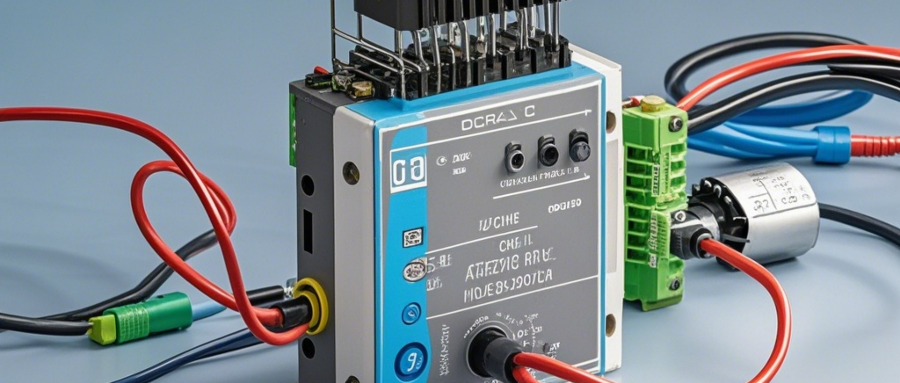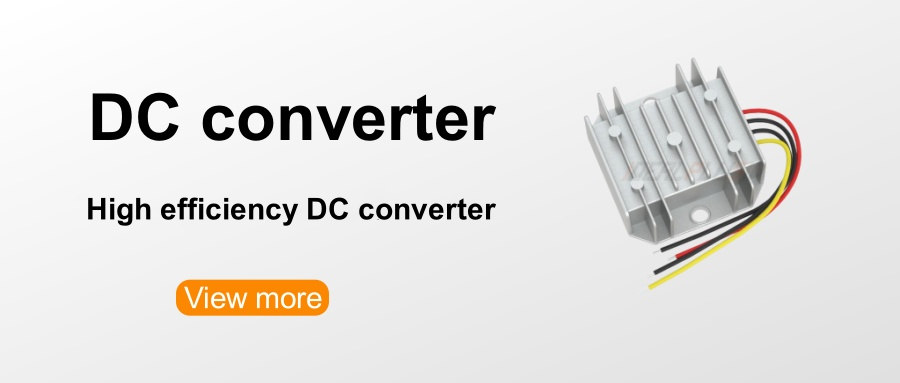DC-DC converters are widely used in various electronic devices to convert one DC voltage level to another. However, like any other electronic component, they can experience glitches or malfunctions. Troubleshooting DC-DC converters requires a systematic approach to identifying and correcting problems. Here is a step-by-step guide to troubleshooting your DC-DC converter:

1. Visual inspection. First, visually inspect the converter for any visible signs of damage, such as burned components, loose connections, or physical anomalies. Check for any blown or damaged capacitors.
2. Input voltage measurement, use a multimeter to measure the input voltage to ensure it is within the specified range. Measure the voltage at the input terminals of the converter. If the input voltage is outside the specified range, it may indicate a problem with the power supply or input circuit.
3. Output voltage measurement, use a multimeter to measure the output voltage of the converter. Compare the measured value to the specified output voltage. If the output voltage differs significantly from the specified value, it may indicate a problem with the converter's regulation circuitry or output filter.
4. Load test, connect an appropriate load to the output of the converter and observe its behavior. If the output voltage drops or fluctuates significantly under load, it may indicate a problem with the converter's current limit, feedback loop, or output filter.

5. Temperature check, monitor the temperature of the converter during operation. Excessively high temperatures may indicate a fault with the converter, such as a short circuit or overload condition. Use a thermal imaging camera or temperature probe to identify hot spots.
6. Ripple measurement, use an oscilloscope to measure the output ripple voltage. Excessively high ripple voltage may indicate a faulty filter capacitor or a problem with the converter's switching circuitry.
7. Component testing. If the fault cannot be identified through the above steps, it may be necessary to use a component testing instrument or LCR meter to test individual components such as diodes, transistors or inductors. Faulty components can be replaced to correct the problem.
8. Circuit Analysis If all else fails, detailed circuit analysis may be required to determine the root cause of the failure. This may involve tracing the signal path, analyzing the control circuit, or simulating the behavior of the converter using specialized software.
9. Repair or replace. Once the fault is identified, the faulty component or module can be repaired or replaced accordingly. When performing repairs, it is important to follow proper safety procedures and follow the manufacturer's guidelines.







